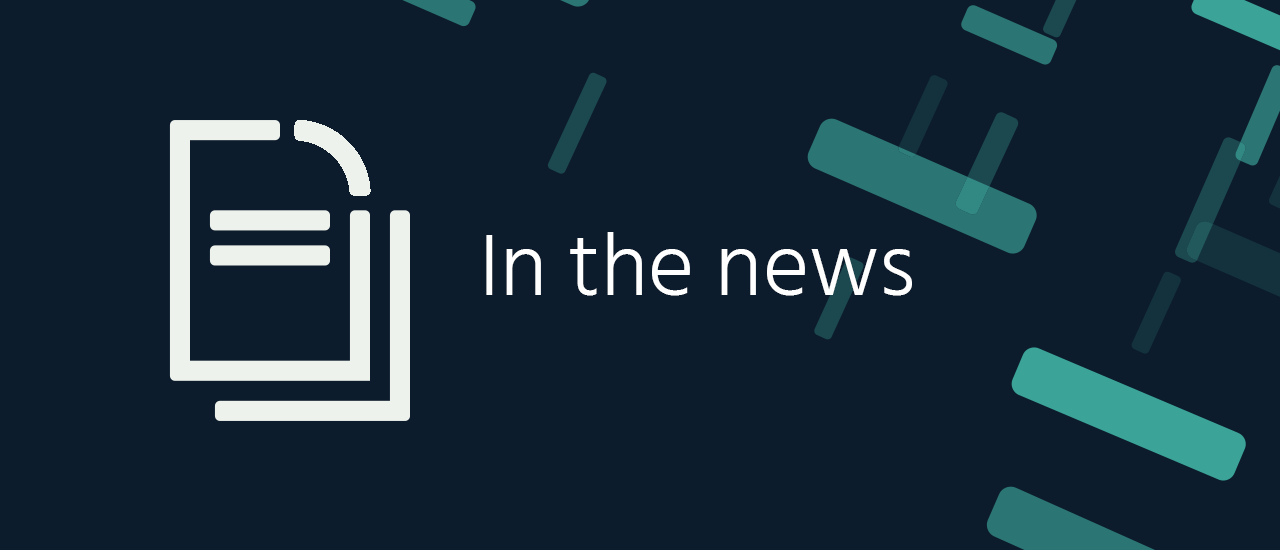The great divide: The continuing digital divide in the U.S. is hurting people as they try to shop, attend school, and work during the coronavirus pandemic lockdown, The Guardian says. Broadband Now estimates that 42 million U.S. residents don’t have Internet access, and M-Lab says that the majority of residents in 62 percent of the counties across the U.S. don’t have adequate broadband speeds.
The struggle is real: Meanwhile, students in rural Alabama are struggling to complete their schoolwork because a lack of Internet access, according to an Associated Press story at Enewscourier.com. In nine Alabama counties, less than 30 percent of the population has access. “We don’t want to leave 20 to 30 percent of our population behind just because of where they live,” said John Heard, school superintendent in Perry County.
The good news: Even with many people across the world working from home or attending school from home, the Internet is holding up, ZDNet reports. Fastly, an edge cloud computing provider, found that in the hard-hit New York and New Jersey area, Internet traffic jumped by nearly 45 percent in March, but download speeds decreased by less than 6 percent. In California, traffic jumped by nearly 47 percent, but the download speed actually increased by about 1 percent.
You might have been misinformed: Facebook will begin notifying millions of users that they’ve been fed fake news about the coronavirus on the site, Politico reports. Campaign group Avaaz has found that over 40 percent of already debunked coronavirus misinformation it found on Facebook remained on the platform even after fact-checking organizations had notified the social media giant.
Rolling their own: A group of northwestern Colorado cities has launched their own broadband network in an effort to provide better access, lower prices, and higher reliability, the Colorado Sun says. The 481-mile Project Thor network covers 14 rural communities. In 2005, state lawmakers passed a law preventing municipalities from becoming Internet providers. But beginning in 2008 with the city of Glenwood Springs, communities began voting to opt out of the state rules, and more than 100 Colorado communities are either offering their own broadband service or are exploring the possibility.
Falling behind: The United Nations has set a couple of goals for improving access to the Internet, but it appears those targets won’t be met, CNet reports. With about 46 percent of the world’s population still lacking Internet service, it appears the U.N. won’t meet its 2020 goal of achieving “universal access” in the least-developed countries by the end of this year. It also appears the U.N. goal of giving broadband access to 75 percent of the global population and 35 percent of people by 2025 won’t be met, the Web Foundation says.
Access to the Internet has never been more important. Learn about the work of communities around the world to keep the Internet open and globally connected.
